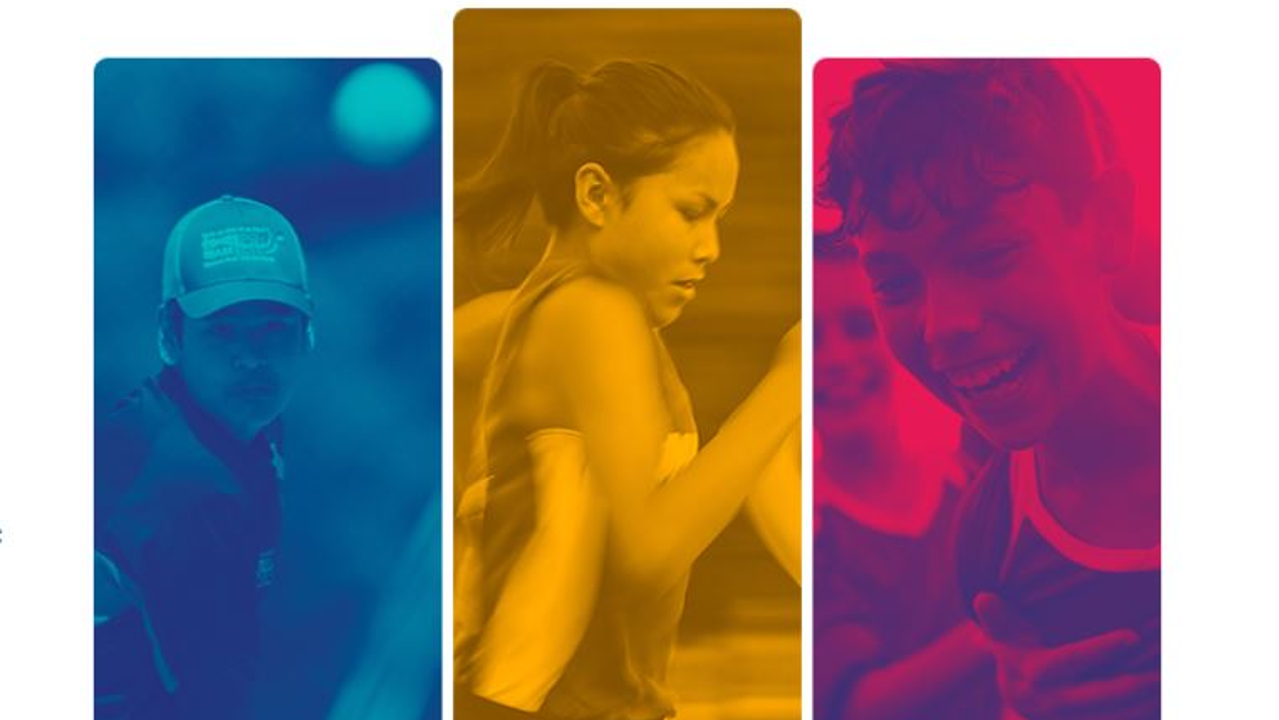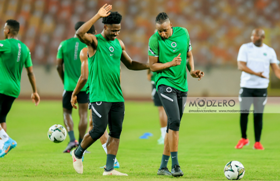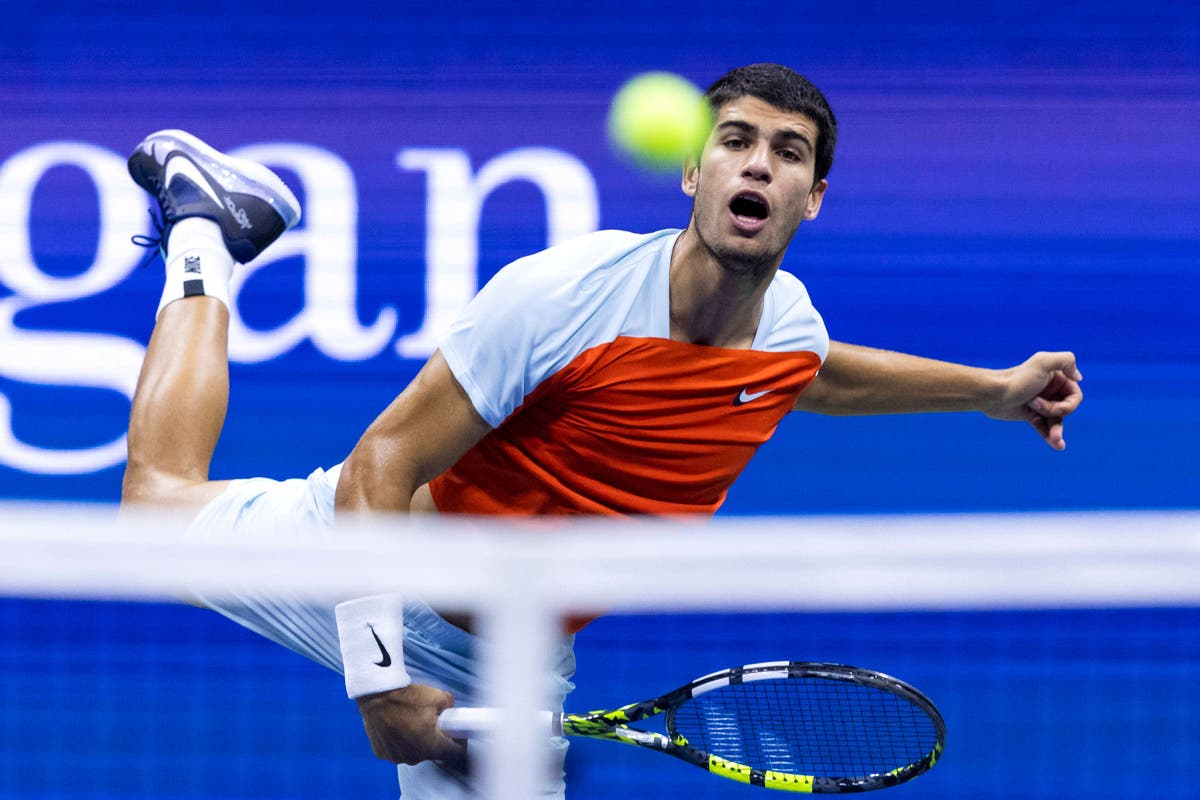Ontario Summer Indigenous Games back on track
Seventeen-year-old Gabrielle Landry’s volleyball team, Triple Trouble, has just won their first sets at the Ontario Summer Indigenous Games. She’s pleased, but not over-the-moon with their play at OSIG 2022.
“Our skill and our effort was okay, considering that this is the very first time we have been able to compete together as a team,” she said.
Landry’s summary — we’re good, but we could be so much better — speaks for untold numbers of young Indigenous athletes in Ontario nowadays. Almost every First Nation in the province can see that their young athletes, especially their team players, have gotten rusty during the years of forced isolation brought about by COVID-19.
Marc Laliberte, the President of Indigenous Sport & Wellness Ontario, calls OSIG a reset switch. The four-day gathering of youth athletes is a chance for hundreds of kids, their families, their coaches, and their communities to reap the benefits of sport and competition again.
WATCH l Indigenous kids compete at Ontario Summer Indigenous Games:
#OSIG2022 sees hundreds of Indigenous kids age 13-18 from all across the province of Ontario, competing in nine sports. After two years of lockdown, it’s a chance to identify talent for the North American Indigenous Games, coming to Halifax in 2023.
Which is why it’s beyond heartwarming to see and hear them, back in the mix again, packing out the University of Ottawa gyms with volleyball and basketball games. Everyone is reveling in being back amid the old familiar sounds, the squeaking sneakers, the thumping chants of DEFENCE, the ref’s whistles, the shouts and groans of teammates and parents and siblings on the sidelines. Everyone who has come here is loud and proud, excited and grateful, and at the same time, acutely aware of how many more young players are still sidelined, back home.
Generalizations have their limits, but a basic truth about Indigenous sports in this province is that the further north you go, the fewer competitive opportunities there are, and the deeper the community has to dig just to give their kids a fighting chance to test their athletic abilities.
Lingering effect of lockdowns
Kerry Andrews is the Manager of Sports and recreation for the Algonquins of Pikwakanagan. Her people are the hosts of OSIG. They are only an hour’s drive from the nation’s capital, but even here, in the land of relative opportunity, she can see the lingering effect of the lockdowns that hit First Nations so hard.
Which makes the show of athletes from Treaty 3, along and above the north shore of Lake Superior, even more impressive. Earlier this year, the sports manager for the territory, Tania Cameron, had a very ambitious plan to bring four volleyball teams and one or two basketball teams to OSIG. The Treaty 3 Titans (volleyball) and SwishNish (basketball) were going to be represented by 45 kids and five coaches. That would have meant a lot of fundraising. It’s a 26-hour drive from Kenora to Ottawa, and some of the kids had to make even longer flights or drives just to get to Kenora in the first place. So how hungry is this community for youth sports? Cameron rolled into Ottawa in a bus and car convoy: 60 athletes and eight coaches strong.
Under July’s sunny skies on U of O’s diamonds and tracks, Softball and a full slate of track and field competition is taking shape through the weekend. The GeeGees field is being put to great use in a series of high-intensity Soccer training and skills clinics. The level of play is a revelation. It’s not easy or fair to single out one athlete from among the many fleet feet, but Amber Okimaw from Timmins has ball skills that quietly draw a spectator’s attention. She would much rather let her game do the talking, but Okimaw is too polite to refuse a couple of questions. She’s been playing since grade one, picked it up in the school yard. Speaking of schools, Amber’s soccer may be taking her to some famous places. Cal State is on the list. So is Blue Fields State University in West Virginia. Invites to camps are coming in.
It’s impossible to seize opportunities like that, absent consistent exposure to sports.
Fighting for a level playing field
Victoria Marchand, former GeeGees star and national women’s Aboriginal soccer team player, is on the pitch, volunteering, helping promising young players hone their skills. She says her jaw dropped when she saw and heard this crop of players.
She is hoping to coach the boys team at NAIG in Halifax. She’s on the lookout for Under-18 talent.
“In sport, we don’t get the same opportunities as non-Indigenous kids. We have to leave our homes and communities behind to pursue elite sport. I just want to give back. I want these kids to have a shot at playing a sport they love at a national level.”
The athletes are there. The skills are there. Fierce young talent is knocking at the door.
The Ontario Summer Indigenous games continue through the weekend. The practices and tryouts for NAIG continue through the year ahead. Ontario’s First Nations, Inuit and Metis communities’ fight to give their kids a level playing field continues unabated.





